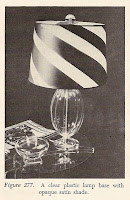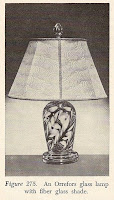Wetzels, Zanes, and the Ohio River
 | |
| Betty Zane's run with the gunpowder Image from Wikipedia. |
When I was a child, we had the books Betty Zane and The Last Trail in our home. They are two of the books in Zane Grey's Ohio River trilogy. I must have read each of them at least a dozen times. The third book in the trilogy is The Spirit of the Border. I checked it our from our county library and read it many times, too.
The trilogy is set in the Revolutionary War, and it features Ebenezer, Jonathan, Isaac, and Betty Zane and others. The main events in the books really happened and the main characters were real people. Col. Ebenezer Zane was Zane Grey's direct maternal ancestor. He established Fort Henry in Wheeling, Virginia (now Wheeling, West Virginia,) in 1769 and also blazed a trail (Zane's Trace) that was a main route across Ohio for years.
I knew all this when I began researching my family tree a few years ago, and yet I was awe-struck the first time I saw Ebenezer Zane's name in a hand-written document from early Ohio River history. I was researching Absalom Martin, the surveyor who founded Martins Ferry, Ohio, directly across the river from Wheeling, West Virginia. Absalom was a younger half-brother of my fifth great-grandfather Reuben Martin. Right after I met up with Ebenezer Zane in that document, I learned that Absalom Martin was married to Ebenezer Zane's daughter, Catherine! The surprise I felt about all this is beyond description.
Lewis Wetzel is another important character in Zane Grey's Ohio River trilogy. In real life and in the books, he was an expert woodsman and hunter with a personal vendetta against Indians. Apparently, he never married. He certainly didn't marry anyone in any of the Zane Grey novels although he did reveal once in a moment of weakness that he secretly loved Betty Zane. *sigh*
I was intrigued recently when I found a distant connection to the name Wetzel in my family tree. Sophia Wetzel and Abraham Strock, married in 1834. They lived in Austintown, Ohio, up the river from Wheeling and Martins Ferry. Neither Sophia nor Abraham were blood kin of mine. They were the mother-in-law and father-in-law of my third great grand-uncle James P. Hill. Nonetheless, when I saw that Sophia was a Wetzel, my mind instantly went into Zane-Grey overdrive. How exciting! Obviously, Sophia was too young to be Lewis Wetzel's sister, but I thought she might have been his niece.
Well -- further research revealed that if Sophia was related at all to Lewis Wetzel, she was some kind of cousin. And since she's not even a relative of mine, I've decided it's silly to spend any more time puzzling about exactly who she was. After all, if there was an easy answer, some Strock family tree researcher surely would have figured it out already.
And now I have a yen to read those three books again. I'm going to tell Santa that I want them in hardback.

















